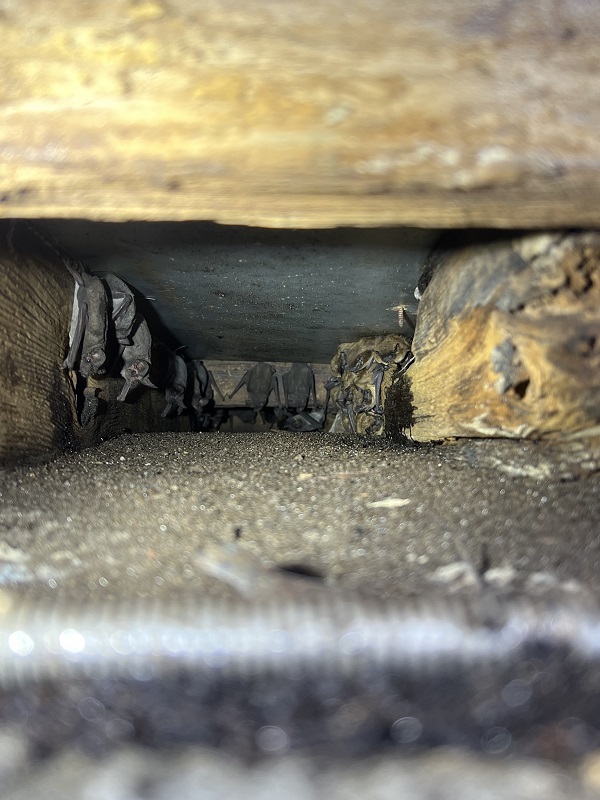Bats are not dangerous to people. In fact, they provide incredible value, and if you have bats in the house, they can go unnoticed. Bats are nocturnal, make little noises, and can consume thousands of mosquitoes a night.
That doesn’t mean homeowners should ignore bats roosting in their house. Bats might not be threat, but they can cause damage. Many homeowners aren’t even aware they have an infestation until the colony becomes very large. And bats can return to the same summer roost year after year.
Bats have specific temperature and humidity needs for their roost. So they are likely to live in only a few places in a house.
Most Common Places to Find Bats in Homes
Bats in Attics
Attics make ideal bat nurseries, as they are warm, dry, sheltered, and are rarely visited by humans. If bats are living in your attic, there will likely be a musty, ammonia-like odor emanating from there, as well as piles of droppings near the entry point.
Bat droppings are small and cylindrical, usually tapered at the ends and crumbly in texture. Bats also leave oily stains on the walls of the roost site. Bats secrete oil through their chest, and when they rub against the walls of the roost site, the oil is imparted to the wall.
Bats in Chimneys
Chimneys make great homes for bats because they retain heat well, and offer easy access to the night sky. One of the simplest ways to tell if bats have taken up residence in your chimney is to go outside at dusk for a “bat watch.”
If you have bats, chances are they will be flying all around the mouth of your chimney as they prepare for a long night of catching bugs. In addition, look for guano (bat droppings) near the entrance to the chimney or the roof. You might also be able to detect bats’ musky odor from your fireplace.

Bats in Walls
While not as popular a roosting site as attics and chimneys, bats can live in your walls. The insides of walls are a good spot for a bat to hole up for hibernation, for instance.
When active, bats make small squeaking sounds, and you can sometimes hear the scratching sound of them crawling at dusk and dawn when they are waking up or returning to the roost.
Additionally, you might hear fluttering sounds if a bat is stuck and trying to make its way through insulation. The same musty smell might be present.
Bats on Roof
Bats can often be found hanging under eaves or gable vents. Unless they are actually getting in your house, this is rarely a problem; in fact, bats are quite beneficial to have around your property, as they are a free and ultra-effective form of pest control.
Bat houses work well to give bats a place to live and roost, and while they don’t exclude bats from your home, they can prevent infestation or a future need for removal.
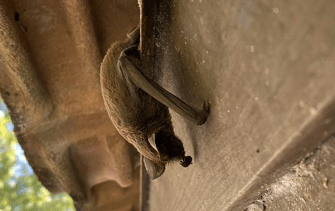
Bat Flying in Living Area of House
Although rare, bats can end up in the living areas of your house. A bat flying into your living room or kitchen did so by accident.
If you see a bat in your house, do not try to catch it or handle it with your bare hands. Bats can transmit rabies to humans.
The best course of action for removing a bat from your home is to let it remove itself.
- Remove everyone from the room the bat is in,
- Open any and all windows.
- Close the room off,
- Wait for the bat to fly out on its own.
If the bat refuses every invitation to leave, then you can try to catch it.
How to Catch and Relocation a Bat in Your House
- First, don a pair of thick work gloves (but not cotton, as bats can easily bite through cotton).
- Second, acquire something you can trap the bat in, like a plastic tub or a bucket. Bats will most likely land somewhere they can hang, so you should be able to place the container over the bat.
- Third, when the bat is held by the container, work a piece of cardboard or stiff paper under the container, trapping the bat inside.
- Finally, release the bat outdoors.
NOTE: Most bats cannot take flight from the ground, so you will have to tilt the container to allow the bat to climb up a tree or other vertical surface.
How to Get Rid of a Bat Colony in Your House
A single bat flying around your living room is one thing. Bats roosting in your attic or inside your walls require a different tactics. Exclusion, not extermination.
Before you attempt DIY bat removal, know each state has its own protections for bats. Some bat species are currently listed as endangered on the federal level, and most states have statues against trapping or killing bats.
Furthermore, you cannot separate nursing female bats from their pups. Bats roost in attics during the summer because it is a safe place to give birth. For the first few months, bat pups are flightless and helpless.
Some states have blackout dates when you can remove a bat. In Florida, you cannot install bat exclusions between April 15 and August 15. In Georgia, you need to wait until after July 31st to remove bats. In South Carolina, it is recommended the best time to exclude bats March-April or August to October.
Professional Bat Removal
Not only is bat exclusion the most effective way to get rid of bats from roosting in your attic, but it is also the most humane and ethical bat control strategy.
Exclusion tubes are a one-way exit, allowing bats in the chimney to leave but not to return. The process typically takes three to seven days to ensure all bats are out. After a final attic inspection, we remove the valve and seal the final exit point.
Once bats are gone, the professionals at Trutech Wildlife Service will remove any feces and apply sanitization agents to decontaminate the area. In extreme cases, we offer full attic restorations and reinstall attic insulation.
A bat infestation can be a serious problem, as bats commonly carry rabies, and their droppings may facilitate the growth of histoplasmosis. For this reason, direct contact with bats should be avoided. If you have noticed any signs of bats in your home, contact Trutech Wildlife. Our team of experts will work around your schedule to remove them safely.
Call Trutech In to Get Bats Out
Bat Removal Near You

Bats in Jacksonville, FL
There are 13 species of bats in Florida; several of these, including little brown and big brown bats, may be found in residential homes and Read More »
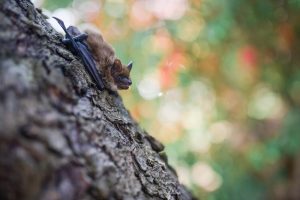
Bats in Tampa-St Petersburg, FL
Florida is home to thirteen bats, and all of them eat insects. Residents in Tampa Bay can experience incredible benefits from bats on their property. Read More »
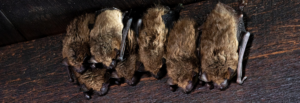
Bats in Orlando, FL
Bats are found in nearly every geographic region in Florida. Their favorite environments include tropical forests, woodlands and open fields. Natural roosting spots include caves, Read More »

Bats in Kansas City
Kansas is home to fifteen species of bats, and all of them are insectivores. Bats in Attic in Kansas City Bats in Kansas naturally roost Read More »
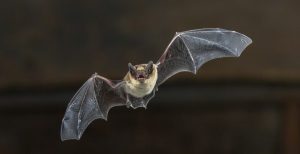
Bat Removal in Northeast Ohio
There are eleven species of bats commonly found in Ohio. The solitary species are the hoary bat, the silver-haired bat, and the Eastern red bat. Read More »
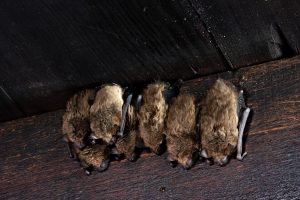
Bat Removal in Raleigh
The most humane way to get rid of bats is to let them evict themselves. A bat valve allows bats to fly out of your Read More »


